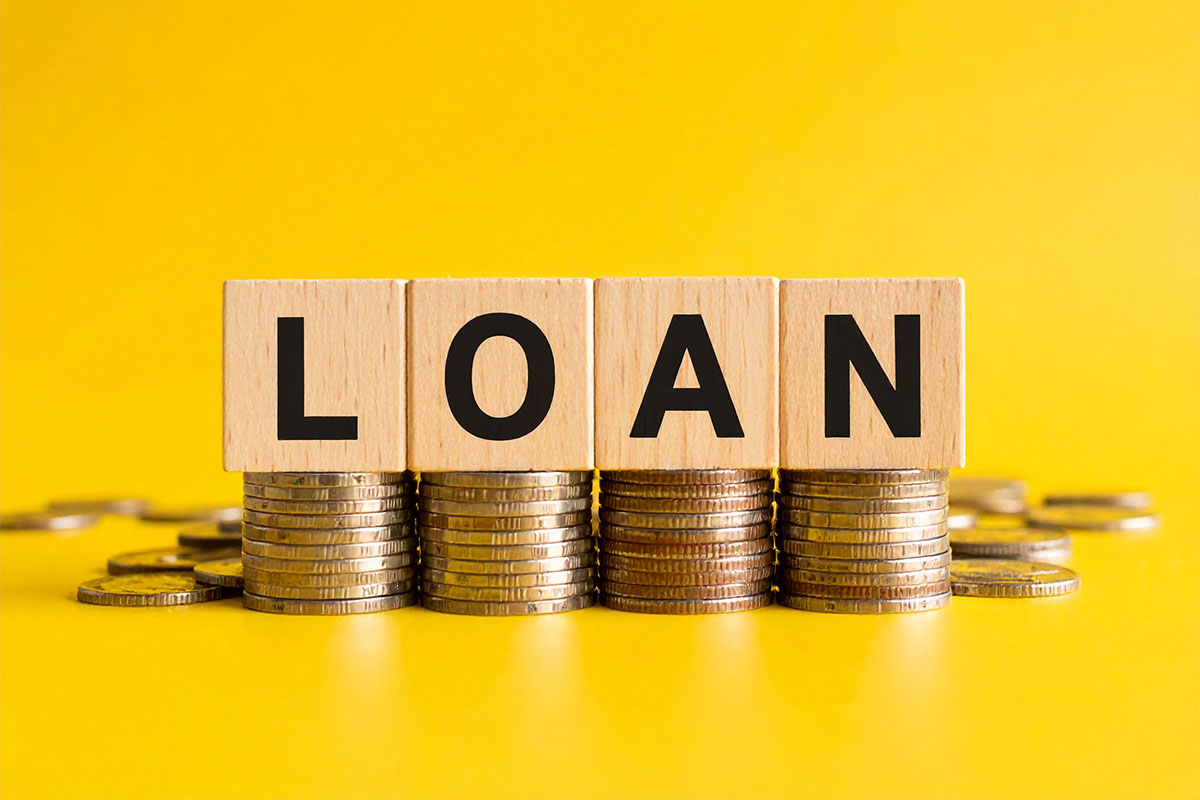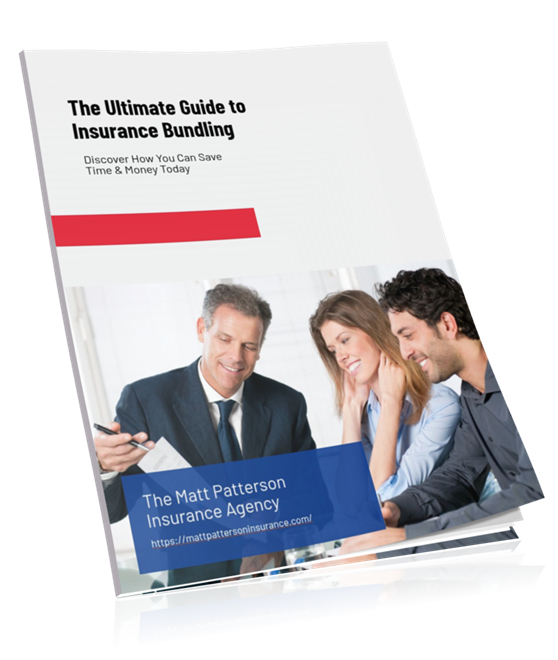If you’re carrying student loan debt, planning for retirement can feel like trying to plant seeds while you’re still paying off the soil. Every paycheck seems to vanish into loans, bills, and maybe a little left for living. Retirement? That feels like it can wait.
But here’s the catch: it can’t. The earlier you start saving, the more time your money has to grow. At the same time, ignoring your student loans isn’t an option either. So how do you strike a balance?
The good news is you don’t have to choose between only paying down loans or only saving for retirement. With a little strategy, you can do both — and protect your future while dealing with your past.
Why Focusing on Retirement and Debt Matters
It’s tempting to put everything toward loans. After all, who doesn’t want the relief of getting rid of that balance? But decades down the line, you may regret not putting anything into retirement early.
- Compound growth: Every dollar saved in your 20s or 30s grows exponentially by your 50s or 60s. Waiting too long means you lose that time advantage.
- Inflation and rising costs: The cost of living is steadily climbing. The sooner you build a retirement cushion, the better you can keep up.
- Debt timelines: Many repayment plans stretch 10, 15, even 20 years. You can’t afford to put retirement on hold for that long.
You don’t have to pay off all your debt before you deserve to prioritize your future.
Step 1: First, Get a Clear Picture of the Battlefield
You can’t create a winning strategy without knowing exactly what you’re up against. It’s time to gather your intel. This might feel a little overwhelming, but this 30-minute exercise is the most important foundation you can build.
- Know Your Loans: Create a simple list or spreadsheet of all your student loans. For each one, write down the current balance, the interest rate, and whether it’s a federal or private loan. The interest rate is the most important number here—it’s the “cost” of your debt.
- Know Your Retirement Options: Look at your retirement savings plan at work, typically a 401(k) or 403(b). Find the answer to one crucial question: Does my employer offer a matching contribution? If they do, find out the exact details (e.g., “we match 100% of the first 4% of your salary”).
With this information in hand, you’re no longer operating in the dark. You’re ready to make informed decisions.
Step 2: The Golden Rule: Never, Ever Give Up Free Money
This is the most important, non-negotiable rule in this entire process. If your employer offers a 401(k) match, your first financial priority is to contribute enough to get the full match. Period.
Think of it this way: an employer match is an instant 100% return on your investment. If you contribute $1, they contribute $1. There is no other investment on planet Earth that offers a guaranteed, instantaneous 100% return.
Walking away from that match is like taking cash out of your paycheck and setting it on fire. Before you pay a single extra dollar towards your student loans, you must be contributing enough to your 401(k) to capture every cent of your employer’s match.
Step 3: The Litmus Test: Where Does Your Next Dollar Go?
Okay, you’re getting your full 401(k) match. Now you have some extra money in your budget each month. Where should it go? Towards your loans or into more retirement savings?
The answer lies in comparing the interest rates.
Scenario A: High-Interest Debt (The Aggressive Paydown)
If you have private student loans with high interest rates (a good rule of thumb is anything over 7%), these are a financial emergency. Paying off a loan with an 8% interest rate is the same as getting a guaranteed, tax-free 8% return on your money. That’s a fantastic return that’s hard to beat. In this case, every extra dollar should go aggressively towards paying down that high-interest debt first.
Scenario B: Low-Interest Debt (The Balanced Approach)
If you have federal student loans with lower interest rates (for example, under 5%), the math changes. Over the long term, a diversified investment portfolio in your 401(k) or an IRA has the potential to earn an average return that is higher than the interest you’re paying on your loans. In this scenario, it often makes more financial sense to direct your extra money towards your retirement accounts to take advantage of decades of compound growth.
Step 4: Make It Automatic: Your Secret Weapon Against Inertia
The best way to stick to your plan is to take your own willpower out of the equation. Automation is your most powerful ally.
- Automate Your Retirement: Your 401(k) contributions are already taken directly from your paycheck, which is perfect. If you’re saving in an IRA, set up automatic monthly transfers from your checking account.
- Automate Your Loan Payments: Set up automatic payments for at least the minimum on all your loans. Then, if you’re following the aggressive paydown strategy, set up an additional, automatic payment to your highest-interest loan.
By making your savings and debt payments automatic, you’re “paying yourself first” and assuring that your financial goals are being met before you have the chance to spend that money elsewhere.
Protect Your Plan for the Long Haul
As you build your financial life, it’s vital to protect it. While you’re carrying debt, it’s wise to make sure your loved ones wouldn’t be burdened if something were to happen to you. A simple, affordable term life insurance policy can provide that peace of mind, so your debts would be covered without draining the assets you’re working so hard to build.
Balancing student loans and retirement is a marathon, not a sprint. There will be months where you can contribute more and months where things are tighter. The key is to have a clear, logical plan and to stick with it consistently. By following these steps, you can move forward with confidence, knowing that you’re responsible for your past while intelligently investing in a bright and secure future.
Frequently Asked Questions About Financial Planning
Should I save in a Roth or a Traditional 401(k)/IRA while paying off loans?
This is a great question. A Traditional 401(k)/IRA uses pre-tax dollars, which lowers your taxable income today. A Roth 401(k)/IRA uses after-tax dollars, meaning your qualified withdrawals in retirement are tax-free. Many financial planners advise younger savers to favor Roth accounts. You pay the taxes now, while you are potentially in a lower tax bracket, and then let all that growth and your future withdrawals be tax-free.
Is it a good idea to refinance my student loans?
It can be a very smart move, especially if you have high-interest private loans. Refinancing can potentially lower your interest rate, which will save you a significant amount of money over the life of the loan and allow you to pay it off faster. However, be very careful about refinancing federal loans, as doing so will cause you to lose access to important federal protections like income-driven repayment plans and potential loan forgiveness programs.
What if I work in public service? How does that change my strategy?
If you are eligible for the Public Service Loan Forgiveness (PSLF) program, your strategy changes completely. Under PSLF, your goal is to pay the absolute minimum possible on your federal loans for 120 qualifying payments, after which the remaining balance is forgiven. In this case, you would absolutely not pay extra on your loans and should instead focus all your extra savings on your retirement accounts.
Should I pause my retirement savings completely just to get rid of my loans faster?
For the vast majority of people, the answer is no. Pausing your retirement savings means you are losing two incredibly valuable things: your employer’s matching contribution (which is free money) and time for your investments to compound. The only rare exception might be for someone with extremely high-interest, short-term debt, but even then, giving up the 401(k) match is almost never the right answer.
How does life insurance really help with student loan debt?
If you have private student loans, they’re often not discharged upon your death, meaning a co-signer (like a parent) or your estate could be left responsible for the debt. A term life insurance policy is an affordable way to create a financial safety net. A death benefit could pay off those loans, so your family isn’t burdened with your debt during an already difficult time.






